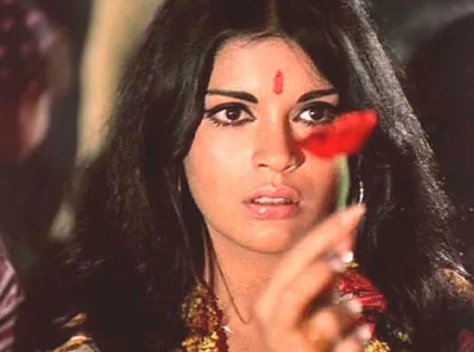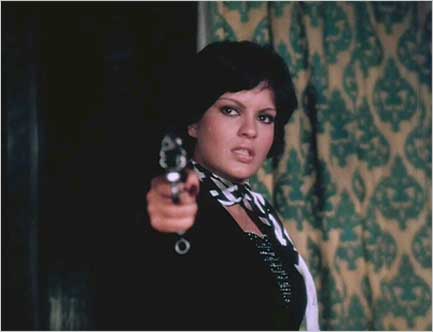If France gave us the greatest revolution, then Germany has given us the greatest revolutionaries, not only Luther, but Karl Marx and Ludwig Von Beethoven. In 1771, Johann Wolfgang von Goethe wrote a short epistolary novel called The Sorrows of Young Werther. The revised edition would come out in 1787, only two years before the storming of the Bastille. A few years later, in 1792, the French Revolution would enter its most radical phase, culminating in the first, and hopefully not the last, red terror.
Ten years earlier, a 19-year-old cadet at the Karlsschule military academy in Stuttgart named Friedrich Schiller was deeply immersed in the plays of William Shakespeare. At some point, probably after reading Richard III, he thought to himself “hey I bet I can write something like this.” Then he sat down and did just that. It was a lot like a similar 19-year-old in the 1980s or 1990s picking up a guitar, playing Stairway to Heaven and saying “hey maybe I can be a rock star” but with one important difference. Schiller was not only a genius, he was a genius open to the collective passions of the age. Over the next few years, he would not only write one of the greatest works of German Romanticism, playing Eddie Vedder to Goethe’s Kurt Cobain, he would predict Robespierre and Marat, Georges Danton and Louis Antoine de Saint-Just, for if ever a work of literature could be called “revolutionary” it is The Robbers by Friedrich Schiller. But don’t take my word for it. In 1792, the French National Convention had written a letter making Schiller an honorary citizen of the French republic.
Interestingly enough, Schiller had also written the National Convention a letter asking that they spare the life of King Louis XVI. While that may at first seem a bit surprising, it’s well in keeping with his exploration of revolution, and of its consequences, in The Robbers.
Karl Moor, the plays hero, and his brother, Francis Moor, its villain, represent two sides of modern man, the duality of the human soul under capitalism. Karl, good looking, moody, rebellious, the romantic outcast, embodies a lot of the same qualities that the Swedish environmental activist Greta Thunberg attributes to herself for being on the autism spectrum. He cares little about convention. He dreams of a more heroic past. He detests “the law,” rank and hierarchy.
Francis, on the other hand, is rational, calculating, diplomatic, the perfect capitalist. “He is a fool,” he thinks while rationalizing to himself his plan to steal his brother’s inheritance, and his girl, “who takes any view that is contrary to his own interest.” The result of this unresolved contradiction, of their father’s inability to mediate between his two very different sons, is disaster, violent revolution, fire, brimstone, death and damnation, the French Revolutionary Terror in a five act play.
But what made the young Schiller a genius was not so much his ability to express the passionate rebellion of youth, but the regrets of middle age. Karl, returning to his family estate, from which he had been banned by his gullible father at the urging of his treacherous brother, looks upon the landscape of his childhood and suddenly realizes the happy future he’s lost. He’ll never get married or have a family with his beloved Amelia. He’ll never grow old watching his children and then his grandchildren take his place. He will live the rest of his life as an outcast and a rebel, a damned soul wandering the earth, never knowing peace or contentment, a son rejected by his father.
The golden age of boyhood lives again in the soul of the outcast. I was then so happy, so wholly, so cloudlessly happy—and now—behold all my prospects a wreck! Here should I have presided, a great, a noble, an honored man—here have—lived over again the years of boyhood in the blooming—children of my Amelia—here!—
Schiller, Friedrich. The Robbers (p. 81). Kindle Edition.
As we near the end of the human species, extinction by global warming, it’s worth meditating on what we’ve lost. The French Revolution and the Enlightenment opened up the possibility of a world transformed through human reason, a society free of hierarchy, exploitation, superstition and ignorance, but it was not to be. Over the course of history, Francis Moor prevailed over Karl Moor, self-interest over the urge for a better, more noble, more poetic world. The Industrial Revolution, which began at about the same time as Schiller sat down to write The Robbers, could have freed us from poverty and back breaking labor. Instead it gave us environmental devastation. The French Revolution and the industrial Revolution could have given us democracy. Instead it gave us capitalism. There’s nothing much to do at this point — for we will not rebel against our own extinction — but mourn what could have been.

























